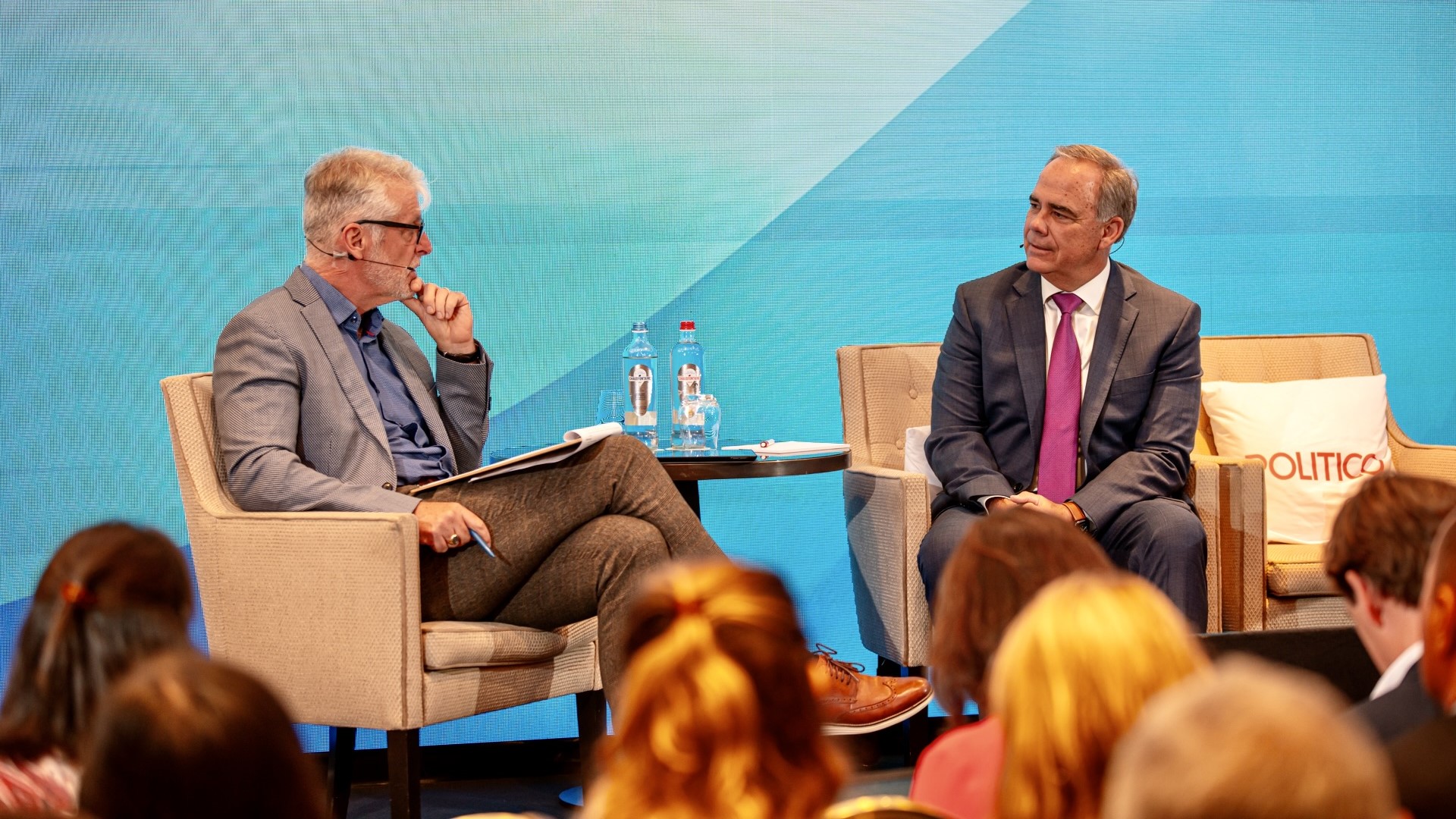With an industrial backlog of engines and services contracts at $200 billion, GE Aviation enters the Farnborough Air Show this coming Monday in England focused on its growing commitments to a vibrant aviation industry.
At the show, GE Aviation and its engine partner companies will add to its backlog of more than 15,000 orders and commitments for commercial engines, which includes the GE9X engine being developed for the Boeing 777X and the best-selling LEAP engine family from CFM International (50/50 joint company of GE and Safran Aircraft Engines) for three single-aisle aircraft models.
The LEAP powers the largest and most utilized fleet of Airbus A320neo aircraft, which entered service in 2016; as well as the Boeing 737 MAX, which entered service last year. They are the airline industry’s fastest-selling jetliners. In the most aggressive engine production ramp-up in airline history, GE Aviation and Safran facilities already have delivered 1,000 CFM LEAP engines.
GE Aviation and its partner companies expect to deliver up to 2,900 commercial jet engines in 2018, adding to the 35,000 commercial engines already in service. By 2020, GE and its partner companies expect to have 39,000 engines in the commercial engine installed base with the vast majority monitored and diagnosed around-the-clock by the GE-developed Predix cloud-based platform, which reduces engine maintenance.
The growing installed base drives GE Aviation’s service business with engine shop visits expected to grow from 5,500 this year to about 6,700 by the decade’s end.
“The aviation industry has entrusted GE Aviation to deliver an extraordinary scope of technology over the next several years,” said David Joyce, president and CEO of GE Aviation and vice-chairman of General Electric Company. GE Aviation has opened eight new U.S. sites to manage the business growth. “We are ever mindful and zero-focused during this critical execution phase.”
While GE’s commercial engines typically grab the headlines, its dynamic military portfolio will be a large focus at the Farnborough show. Rising U.S. defense science and technology budgets have driven GE Aviation in the past two years to transition more than 750 engineers to a growing portfolio of military development programs, including next-generation fighter and turboshaft engines. In the same way GE Aviation developed several new commercial jet engines earlier this decade, the company is now defining its military engine roadmap for the future.
GE’s new commercial and military engines are driving breakthroughs in new material systems, such as ceramic matrix composite (CMC) components, and additive manufacturing. GE has opened America’s first fully integrated supply chain to produce CMCs, including the opening earlier this year of the new Huntsville, Alabama, plant that produces CMC raw materials. GE’s Auburn, Alabama, plant will produce 34,000 components for the LEAP engine in 2018 from more than 40 additive machines.
At the show, GE Aviation and its engine partner companies will add to its backlog of more than 15,000 orders and commitments for commercial engines, which includes the GE9X engine being developed for the Boeing 777X and the best-selling LEAP engine family from CFM International (50/50 joint company of GE and Safran Aircraft Engines) for three single-aisle aircraft models.
The LEAP powers the largest and most utilized fleet of Airbus A320neo aircraft, which entered service in 2016; as well as the Boeing 737 MAX, which entered service last year. They are the airline industry’s fastest-selling jetliners. In the most aggressive engine production ramp-up in airline history, GE Aviation and Safran facilities already have delivered 1,000 CFM LEAP engines.
GE Aviation and its partner companies expect to deliver up to 2,900 commercial jet engines in 2018, adding to the 35,000 commercial engines already in service. By 2020, GE and its partner companies expect to have 39,000 engines in the commercial engine installed base with the vast majority monitored and diagnosed around-the-clock by the GE-developed Predix cloud-based platform, which reduces engine maintenance.
The growing installed base drives GE Aviation’s service business with engine shop visits expected to grow from 5,500 this year to about 6,700 by the decade’s end.
“The aviation industry has entrusted GE Aviation to deliver an extraordinary scope of technology over the next several years,” said David Joyce, president and CEO of GE Aviation and vice-chairman of General Electric Company. GE Aviation has opened eight new U.S. sites to manage the business growth. “We are ever mindful and zero-focused during this critical execution phase.”
While GE’s commercial engines typically grab the headlines, its dynamic military portfolio will be a large focus at the Farnborough show. Rising U.S. defense science and technology budgets have driven GE Aviation in the past two years to transition more than 750 engineers to a growing portfolio of military development programs, including next-generation fighter and turboshaft engines. In the same way GE Aviation developed several new commercial jet engines earlier this decade, the company is now defining its military engine roadmap for the future.
GE’s new commercial and military engines are driving breakthroughs in new material systems, such as ceramic matrix composite (CMC) components, and additive manufacturing. GE has opened America’s first fully integrated supply chain to produce CMCs, including the opening earlier this year of the new Huntsville, Alabama, plant that produces CMC raw materials. GE’s Auburn, Alabama, plant will produce 34,000 components for the LEAP engine in 2018 from more than 40 additive machines.






